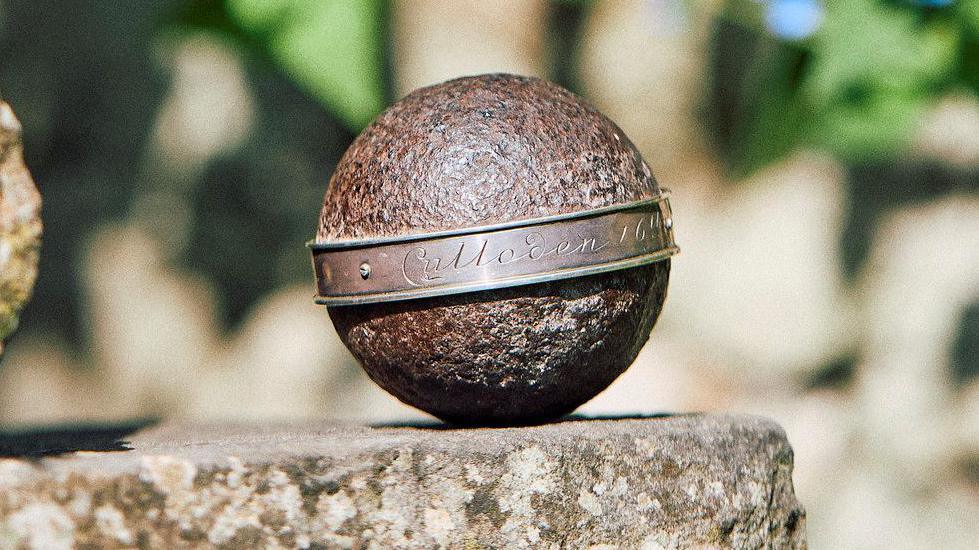Culloden finds could be evidence of 'valiant last stand'
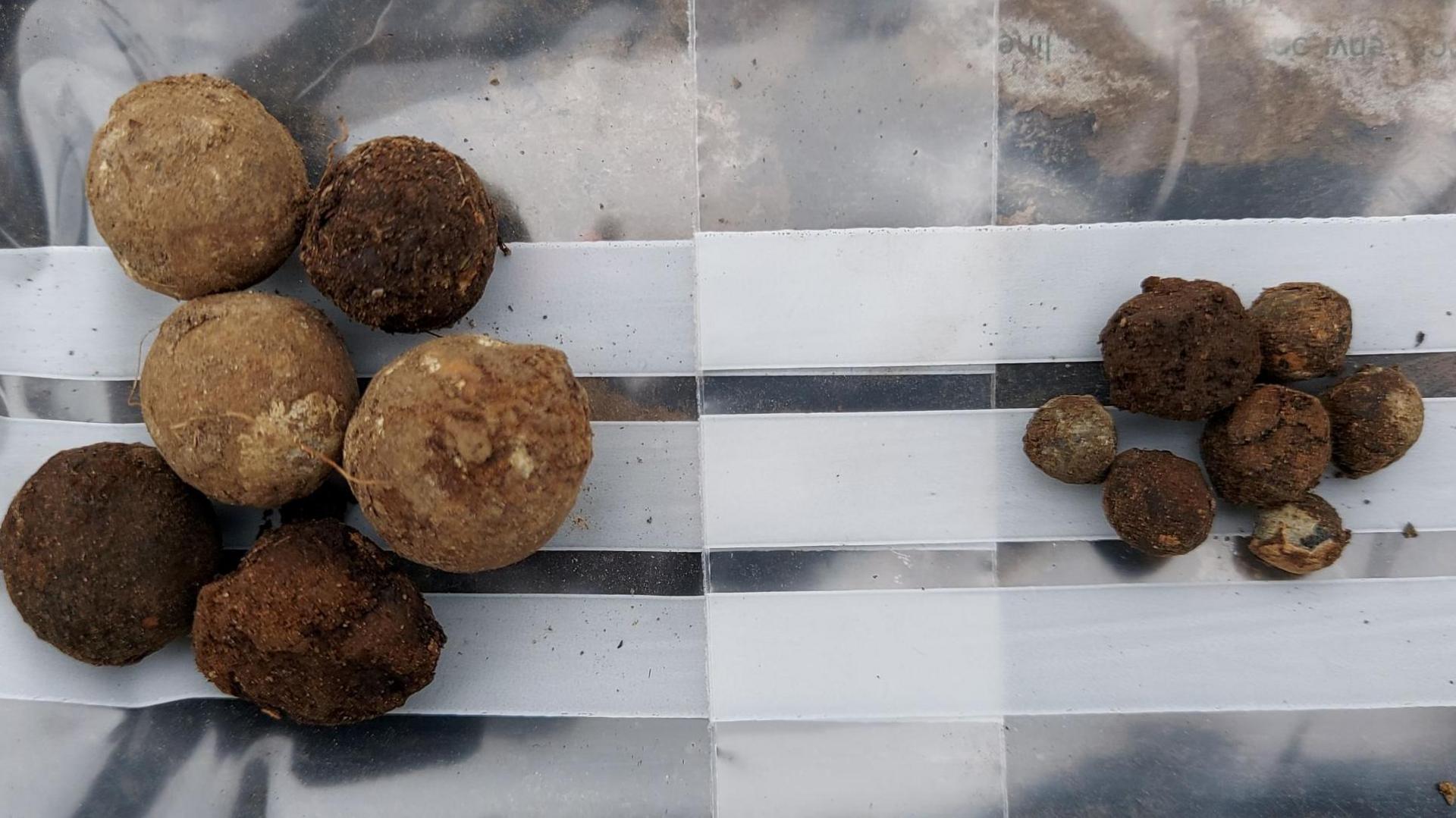
Lead buck and ball shot were among projectiles found at Culloden last month
- Published
Musket balls unearthed at Culloden Battlefield could be from a "valiant action" by a small number of troops that saved thousands of Jacobites' lives, say archaeologists.
The balls, which are made of lead, were among more than 100 projectiles uncovered at the 279-year-old battleground near Inverness earlier this month.
The researchers believe some of the shot was related to one of the last actions of the battle of 16 April 1746.
It saw about 150 Irish troops block the way of charging government horsemen, allowing retreating Jacobite fighters to escape.
A Jacobite army led by Bonnie Prince Charlie was defeated at Culloden by government forces under the command of the Duke of Cumberland.
The University of Glasgow and National Trust for Scotland (NTS) have been investigating an area of the battlefield where artefacts had previously not been found.
The ground, just north of Culloden's memorial cairn, was planted with commercial forestry in the 1950s.
The last of the conifers were removed in the 1980s and it is now an area of scrubby vegetation used for grazing cattle.
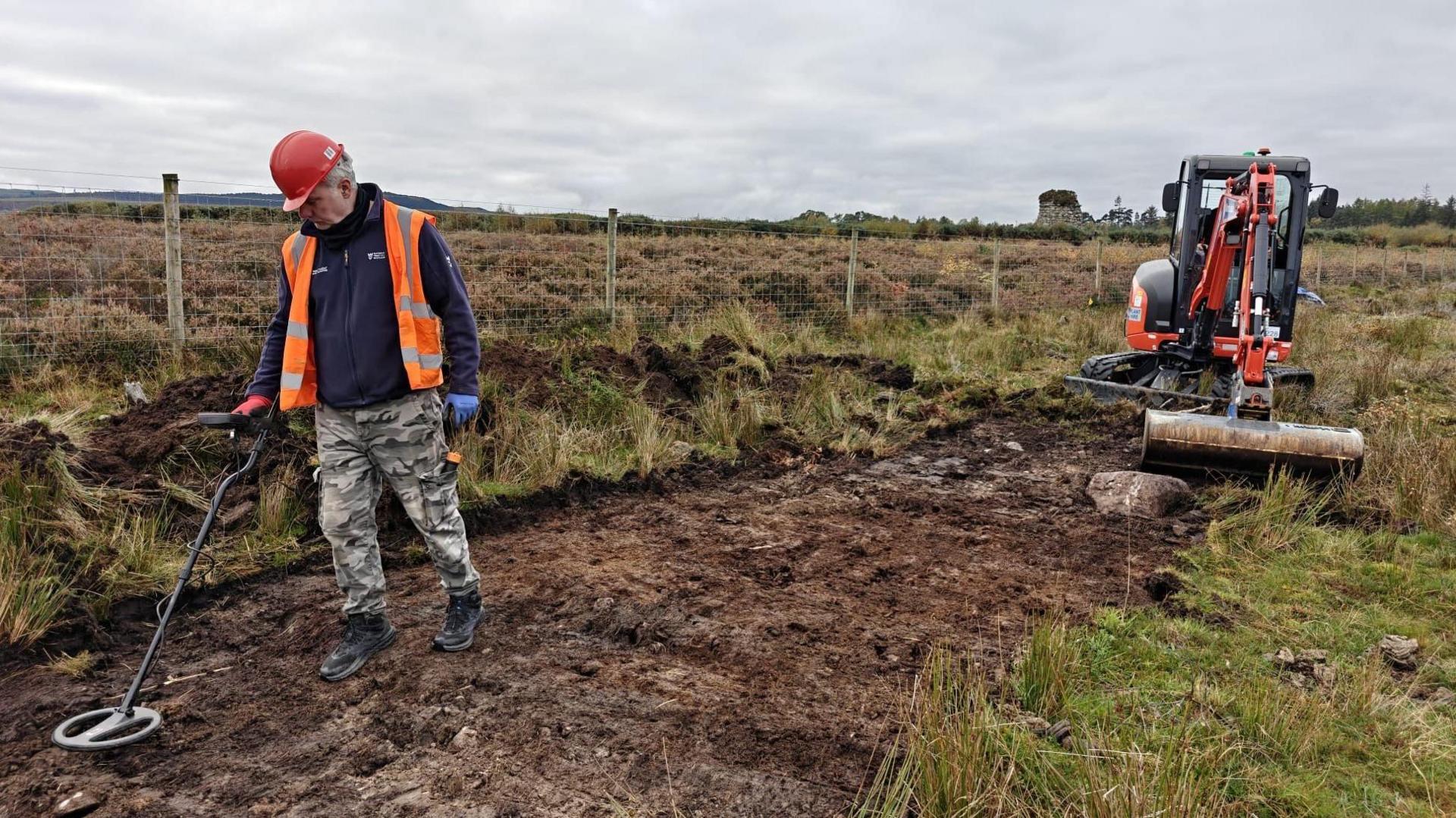
An area of the battlefield was investigated earlier this month
Prof Tony Pollard, of Glasgow University, said: "We've only had time to make a rapid assessment of our results, but musket balls fired by Jacobite and government troops, including pistol balls fired by government dragoons, likely relate to one of the last actions in the battle."
He said as Jacobites retreated an Irish battalion, sent from France to support the prince, "made a brave stand" against hundreds of horse-mounted troops.
Prof Pollard said: "This valiant action helped thousands of Jacobites get away from the field, but it gets only brief mentions in most of the history books.
"A more detailed analysis of the artefacts and their distribution pattern will be required before we can make a definitive statement but at present there are no obvious alternative interpretations."
The Irish suffered heavy casualties and after the battle survivors were held as prisoners of war in a prison ship in England until they were repatriated to France in 1747.
NTS head of archaeology Derek Alexander said: "We are delighted with the results, especially as the ground we investigated didn't appear to hold out a great deal of promise.
"Our volunteers did a fantastic job of enhancing our understanding of the battle and the battlefield as it exists today."
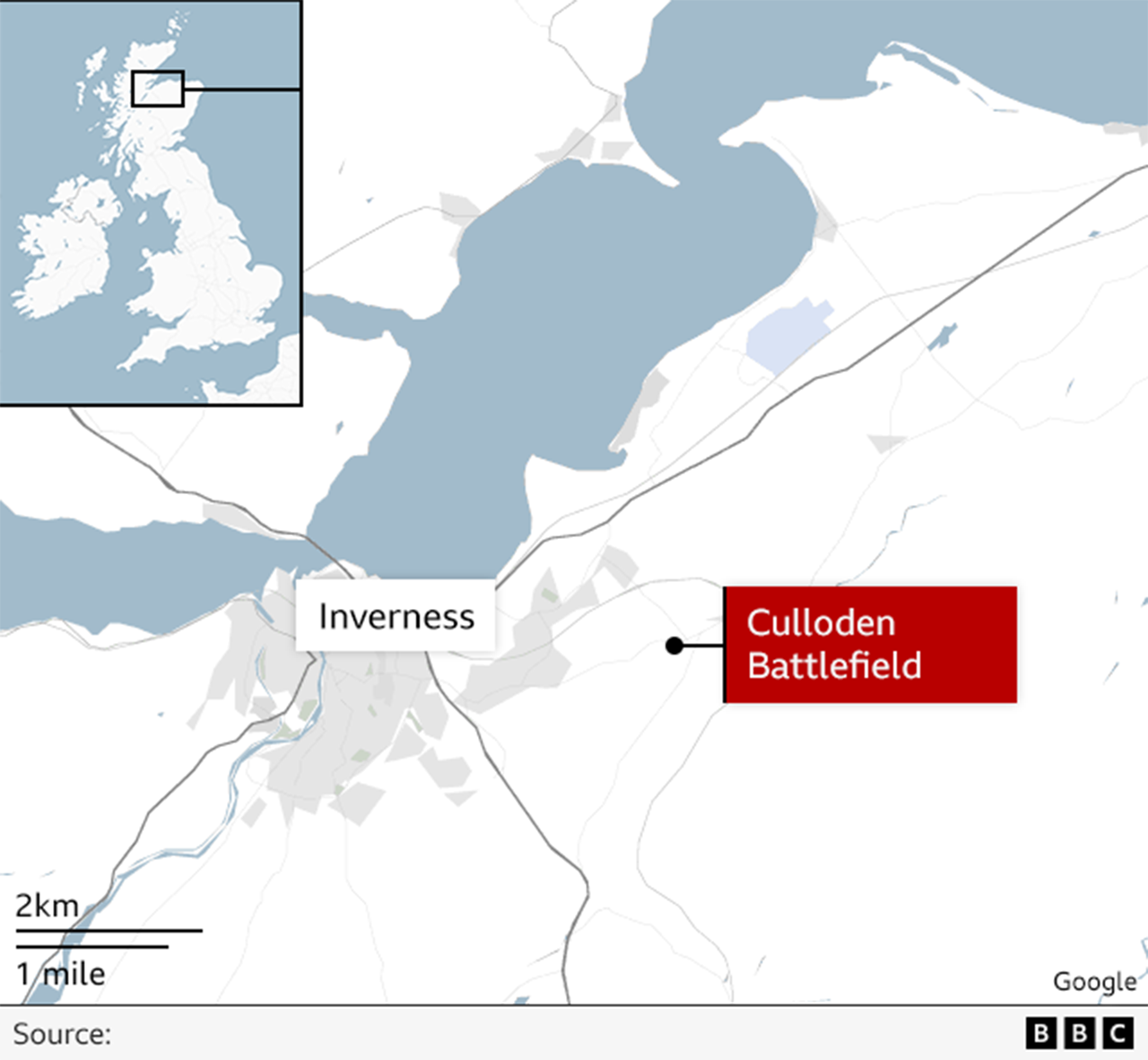
Charles Edward Stuart, better known as Bonnie Prince Charlie, led a rising in 1745 to win the British throne. He was the son of the previous claimant, James Edward Stuart.
The Battle of Culloden on 16 April 1746 saw the prince and his forces face King George II's government army, led by the Duke of Cumberland, George's son.
The prince was defeated and about 1,600 men were killed - 1,500 of them Jacobites.
It has been described as the last pitched battle to be fought on British soil.
What artefacts have previously been found?
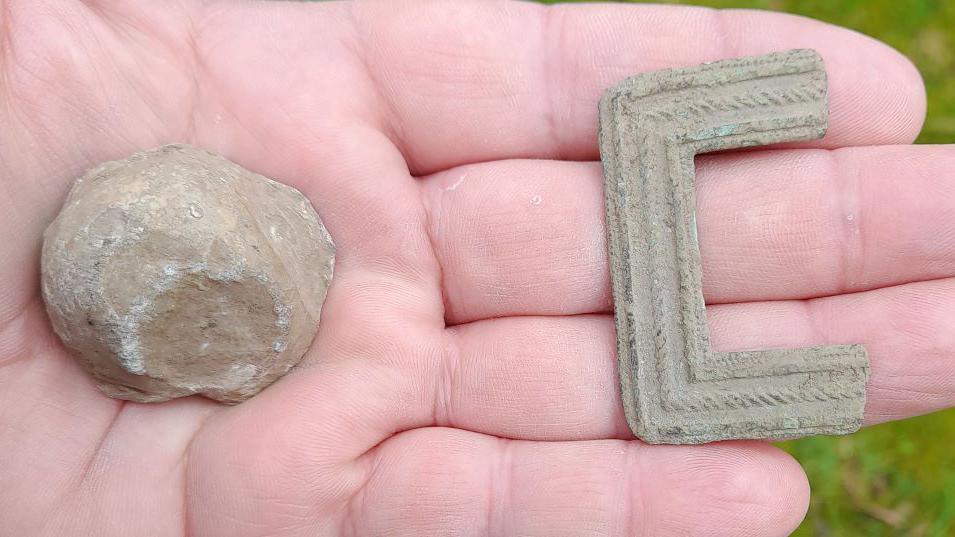
A damaged piece of grapeshot, left, and the broken shoe buckle found at Culloden
Last year, NTS said the last finds to be made were connected to a moment when a clan chief fighting for Charlie was badly injured.
Donald Cameron of Lochiel is recorded as leading an attack on the government frontline when his ankles were hit by grapeshot - small lead balls fired from artillery weapons.
The artefacts were a broken copper alloy shoe buckle and a single piece of grapeshot that shows signs of having hit something - possibly the buckle.
Both were discovered in the same 60 sq m (646 sq ft) area.
Related topics
- Published6 April

- Published18 September
